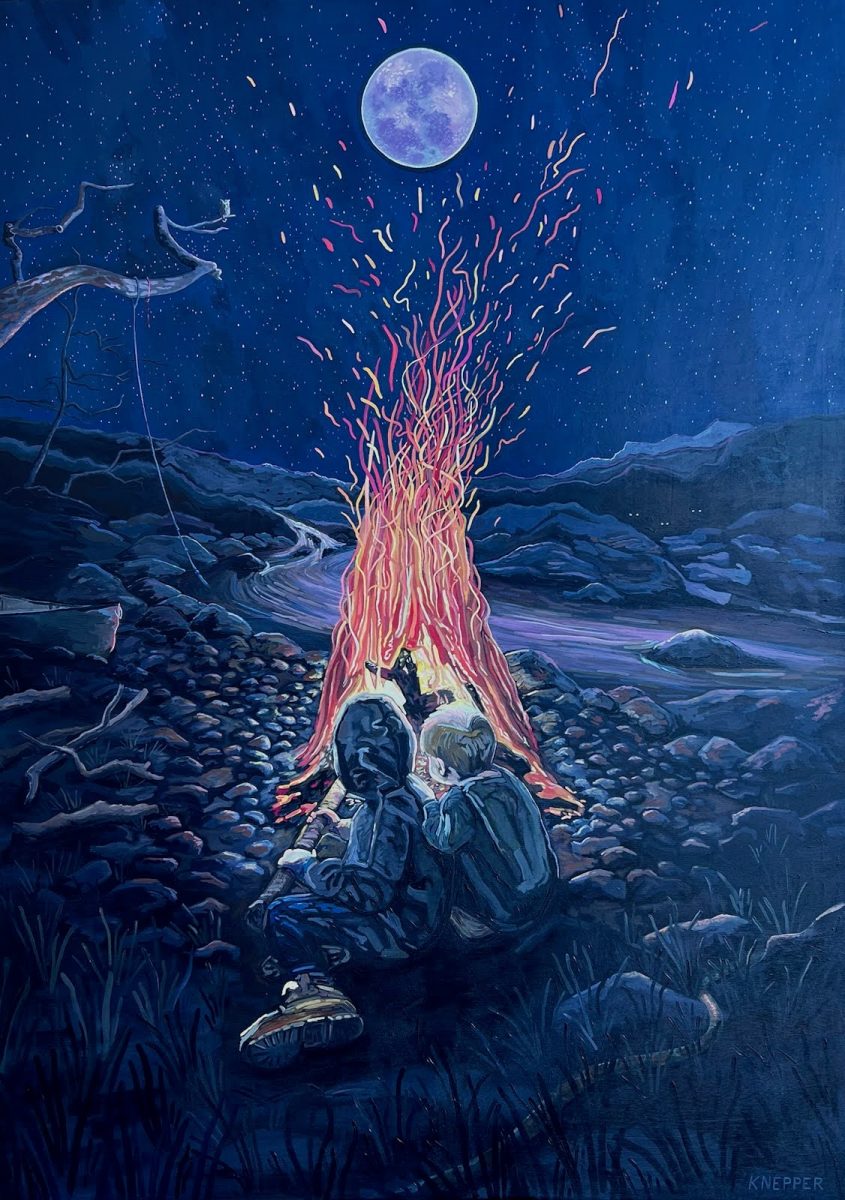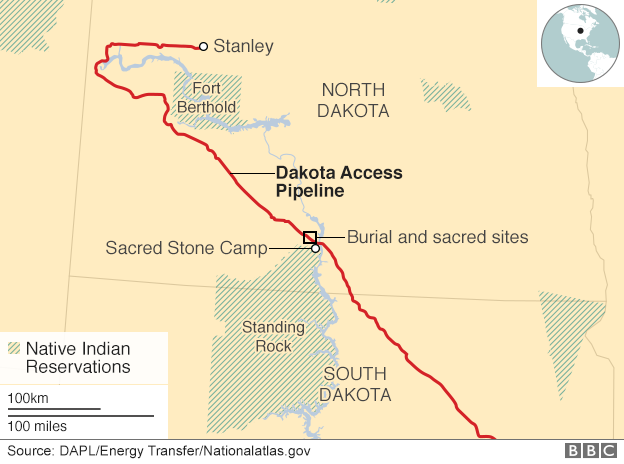Everything you need to know about the Dakota Access Pipeline
December 2, 2016
The Dakota Access Pipeline, product of the Texas-based company Energy Transport, Partners, is a $3.7 billion pipeline that is to be about 1,200 miles long, stretching from Stanley, North Dakota to Patoka, Illinois. The purpose is to pump crude oil, about 470,000 barrels a day, from mines to refineries where it will be turned into a fuel source. The pipeline is meant to be a more cost-effective way of transporting crude oil, as opposed to shipping by train. The project will increase the profit margins of oil prices helping to offset historically low prices on crude oil. The pipeline would also benefit oil companies, shareholders in those companies, and local governments. The company says that the project will create between 8,000 and 12,000 jobs and will generate $55 million in property taxes. The pipeline also could have benefits for farmers. Shipping oil by train tends to cause traffic and delays, which slows the shipment and raises the prices of grain. The pipeline would be an easier way to ship oil, and with less traffic and delays, grain prices would drop and more people would buy it.
The reason the project is stirring up so much controversy is because the planned route for the pipeline crosses through a sacred area for the local Sioux Native American tribe of Standing Rock reserve. This site includes burial, ancestral, and religious sites. Technically these sites are not a part of the reservation, but the Sioux claim that the government stole this land from them in a series of treaties in the 1850’s and 60’s. The pipeline is also planned to pass under the Missouri river, a main source of drinking water, not just for the Native Americans, but many people who live along the river. The fear is that the pipe will leak and destroy this important source of freshwater. The Sioux also accuse the government of not consulting them about the project, a requirement under US law. The law states the federal agencies are required “to consult with Native American tribes when they attach religious and cultural significance to a historic property regardless of the location of that property.” Native Americans tribes govern themselves and enjoy a government-to-government relationship with the United States, both of which are protected under the US Constitution.
The Sioux started their protest in April, setting up the Sacred Stone camp near the Missouri river. Environmental activists and citizens who support the cause also joined in the protest. While not there physically, more than 200 Native American tribes pledged support, the largest banding together of Natives in the US in decades. The protest was meant to be peaceful, but protesters are divided on their response to the authorities. Many insist on remaining peaceful and not breaking the law, but others call for aggressive tactics. A woman from Colorado fired three shots at police officers who were attempting to forcibly remove protesters who were on private property. She was arrested and charged with attempted murder. There are other reports of protesters starting fires and throwing debris at authorities. The police have also been accused of violence, including excessive force, spraying crowds with pepper spray, and firing sound cannons and rubber bullets. Hundreds of people have been arrested for criminal trespass, rioting, and other felonies.
The federal government temporarily blocked the pipeline construction back in September, just above the Standing Rock Reservation. The ruling is binding until further notice, but construction on other areas of the pipeline continue. President Obama and the Army Corps have been examining whether there are ways to reroute the pipeline and please everyone. Energy Transfer Partners, on the other hand, expects to resume construction soon and continue with the original plan.



































